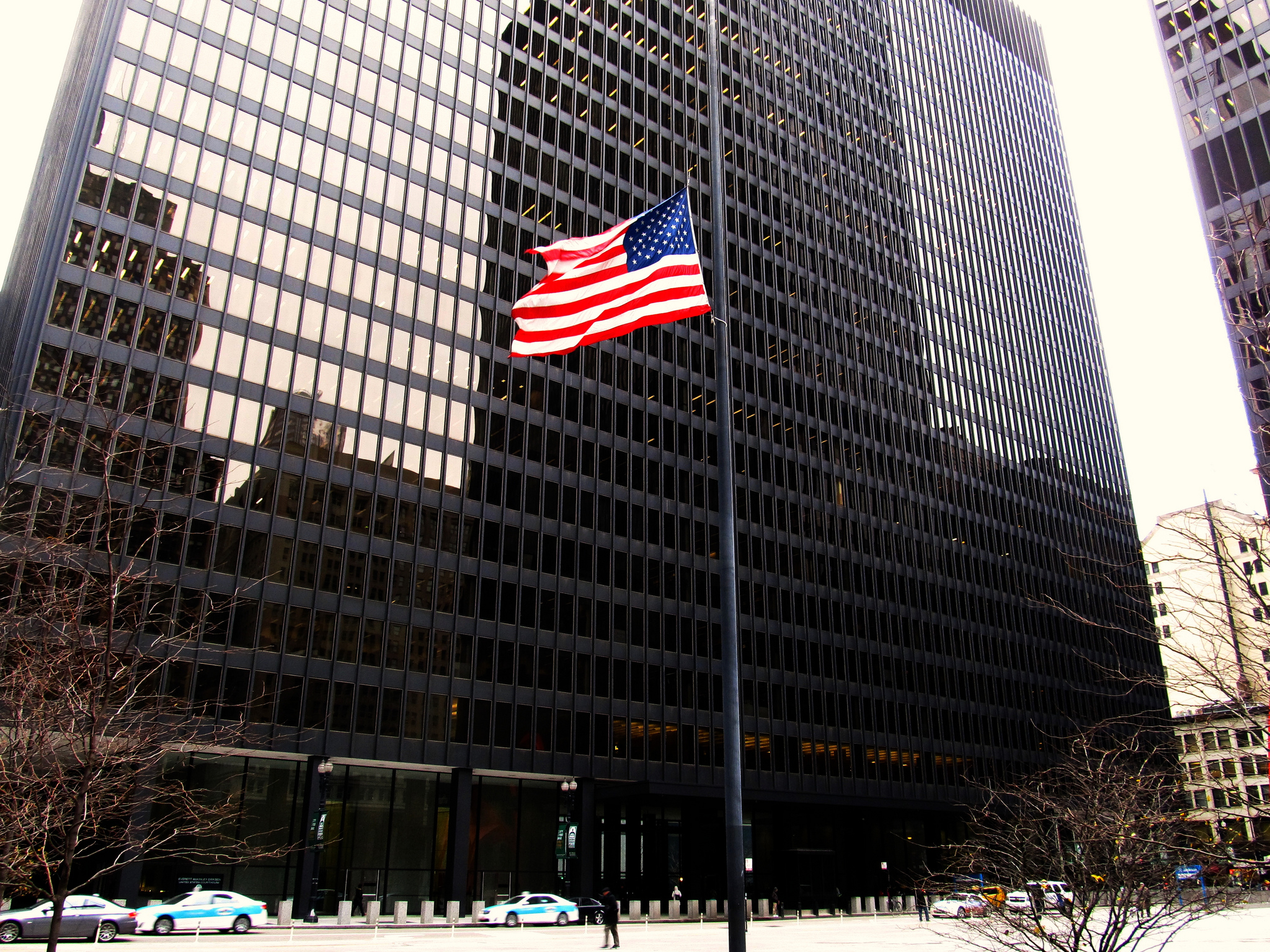 By Sheldon Nahmod [via Nahmod Law]
By Sheldon Nahmod [via Nahmod Law]
Introduction
Brown v. Board of Education, 347 U.S. 483 (1954), is one of the great constitutional law cases and perhaps the most important Supreme Court decision of the 20th century. I want to describe how I approach the case in class and what I hope students will learn.
History
Brown cannot be understood in isolation from what preceded it: the history of slavery, the Civil War, the 13th, 14th and 15th Amendments and Jim Crow in the South as exemplified by Plessy v. Ferguson, 166 U.S. 537 (1896). In Plessy, the Court, over Justice Harlan’s prescient dissent, had upheld separate but equal for railroad cars, with far-reaching implications for segregation generally.
Similarly, Brown cannot be understood apart from its own specific historical setting: victory over the racist Nazi regime in the Second World War, the rise of the Soviet Union, the integration of the American military, the urgent need for workers after the Second World War and important demographic changes.
Finally, there is an obvious moral dimension to Brown, although the Court did not expressly ground Brown on moral considerations.
In this connection, I raise the question in class whether the Court in Brown was leading the nation, whether it was following the nation or some combination thereof. I also disabuse my students of the notion that the Court as an institution was particularly heroic in Brown, since its own late 19th and 20th century decisions enabled and encouraged the South to continue the segregationist policies that the Court in Brown finally began to dismantle.
Analysis of Brown
1. Brown holds squarely that de jure school segregation violates equal protection because it is inherently unequal. Once that point is made, students typically go on to observe that Brown contains very little legal analysis and no apparent articulation of an equal protection standard of review. This is accompanied by the straightforward language and accessibility of the opinion. The conclusion students quickly reach is that Brown was intended as much for the American people as it was for those more directly affected, thereby demonstrating the important educational function of Supreme Court decisions.
2. Brown also tells us something about the flaws of a strictly originalist approach to constitutional interpretation. It is clear that many of those involved in drafting, passing and ratifying the Fourteenth Amendment did not specifically intend to eliminate school segregation. But if you look, as the Court did, at the role of public education when the Fourteenth Amendment was ratified and at its role in 1954, one could conclude, as the Court did, that these and similar changes should be taken account of in constitutional interpretation generally (a “living” constitution). This raises the related question of the level of generality which should be used in interpreting historical materials from an originalist perspective.
3. Brown, as noted above, provides no explicit articulation of the applicable equal protection standard of review, although the companion case of Bolling v. Sharpe speaks of arbitrary classifications under Fifth Amendment due process. This was a way of achieving unanimity. It was also a way of preserving flexibility for later invidious racial discrimination cases.
Note also the Court’s use of psychological test results (the famous doll experiments of Kenneth Clark cited in footnote 11) to undermine, at least as applied to elementary and secondary education, Plessy’s contention that inferiority is in the eyes of the beholder. Interestingly, Plessy itself was not overruled, although it turned out, in a series of post-Brown per curiam decision striking down other instances of invidious racial discrimination, that Plessy was indeed no longer good law.
Should the Court have relied on these doll experiments? Did it have any choice under the circumstances?
4. There is clearly much more that can be discussed but I consider it very important also to point out the following before finishing Brown.
For one thing, Brown may be the first major institutional reform decision of the Supreme Court, one that subsequently led to challenges to prisons, mental health institutions, legislative malapportionment and the like.
For another, because institutional reform was directly implicated in Brown, the equity role of the federal judiciary necessarily was significantly expanded to ensure compliance with equal protection and judicial orders. This eventually led to the Court’s imposition on de jure segregated schools of an affirmative duty to integrate and achieve a unitary school system. It also led to insistence by the Court, particularly in Swann, on the relation between the scope of the equal protection violation and the scope of remedial decree.



Leave a Reply